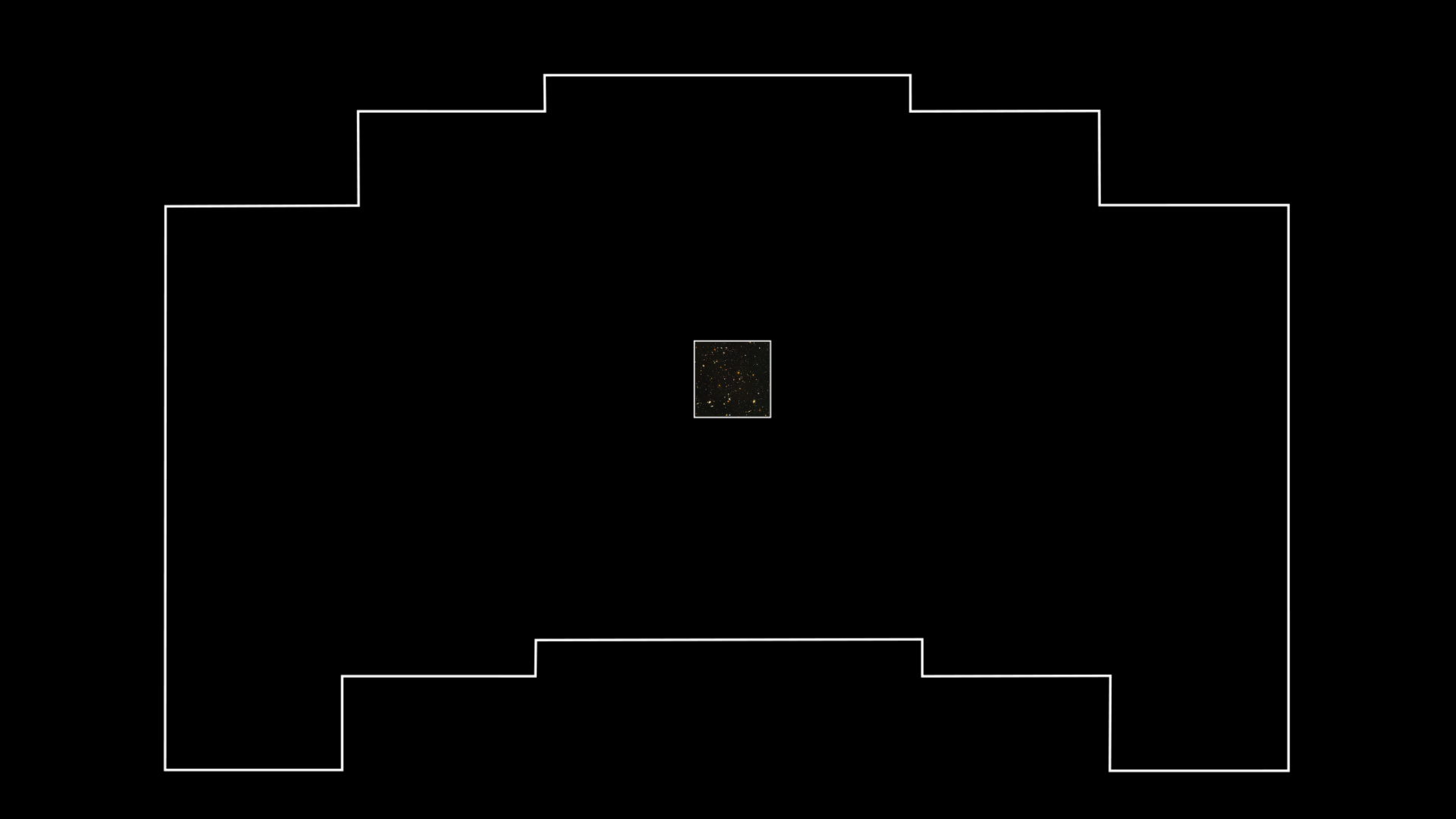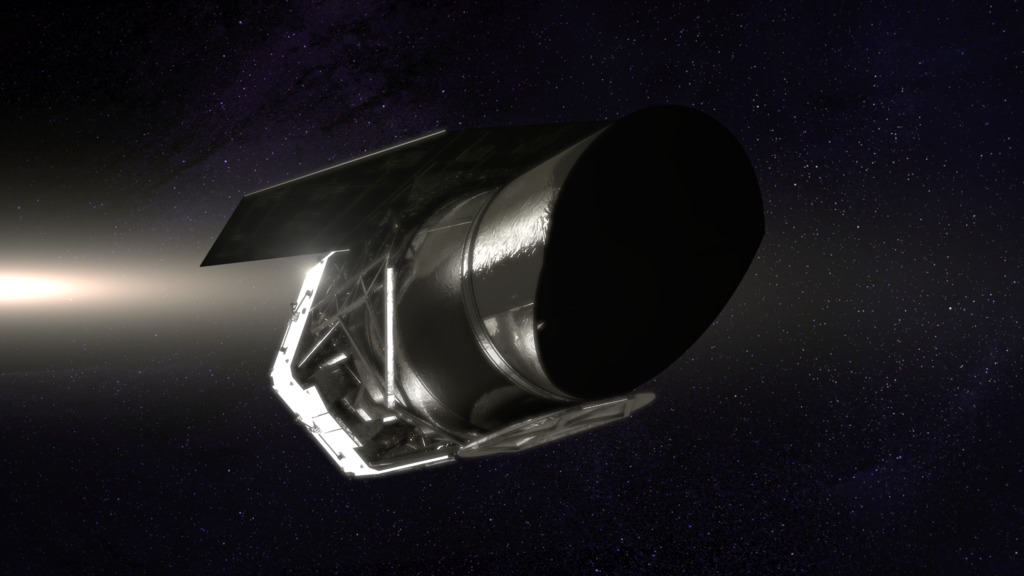Hubble vs Roman Space Telescope Image Size Comparisons
The Nancy Grace Roman Space Telescope is a NASA observatory designed to settle essential questions in the areas of dark energy, exoplanets, and infrared astrophysics. The telescope has a primary mirror that is 2.4 meters in diameter (7.9 feet), and is the same size as the Hubble Space Telescope's primary mirror. The Roman Space Telescope will have two instruments, the Wide Field Instrument, and the Coronagraph Instrument.
The Wide Field Instrument will have a field of view that is 100 times greater than the Hubble infrared instrument, capturing more of the sky with less observing time. As the primary instrument, the Wide Field Instrument will measure light from a billion galaxies over the course of the mission lifetime. It will perform a microlensing survey of the inner Milky Way to find ~2,600 exoplanets.
Animated comparison of the relative image sizes from Hubble and the Roman Space Telescope. The two missions will have very similar resolution, but the Roman Space Telescope will have 100 times the field of view.
Older version with WFIRST name. Formatted for 5x3 hyperwall. Animated comparison of the relative image sizes of Hubble and WFIRST. The two missions will have very similar resolution, but WFIRST will have 100 times the field of view.

An accurate comparison of Hubble and WFIRST image sizes and angular resolution. WFIRST's coverage of the Andromeda Galaxy, shown here from Hubble's PHAT survey, is what the satellite will actually capture in a single image.
Visualization showing Hubble's view of the sky compared with the Roman Space Telescope's. Uses the lensing cluster MACS J1206. Start matches with still above.
Credit: NASA, NAOJ, ESA
Comparison of Hubble and Roman Space Telescope image field size. Uses representative Hubble image fields to map mosaic of Andromeda Galaxy.
Credit: NASA, ESA, PHAT Team
An accurate comparison of Hubble and Roman Space Telescope image sizes and coverage. Hubble took 432 pointings of its Wide Field Camera 3 to cover roughly the same area that Roman can cover with 2.
Animated comparison of the relative fields of view for Hubble and the Roman Space Telescope. The two missions will have very similar resolution, but Roman will have 100 times the field of view.
For More Information
Credits
Please give credit for this item to:
NASA's Goddard Space Flight Center
-
Producer
- Scott Wiessinger (USRA)
-
Technical support
- Aaron E. Lepsch (ADNET Systems, Inc.)
-
Animator
- Scott Wiessinger (USRA)
-
Scientist
- Neil Gehrels (NASA/GSFC)
Missions
This page is related to the following missions:Series
This page can be found in the following series:Release date
This page was originally published on Tuesday, September 20, 2016.
This page was last updated on Sunday, December 29, 2024 at 11:23 PM EST.

